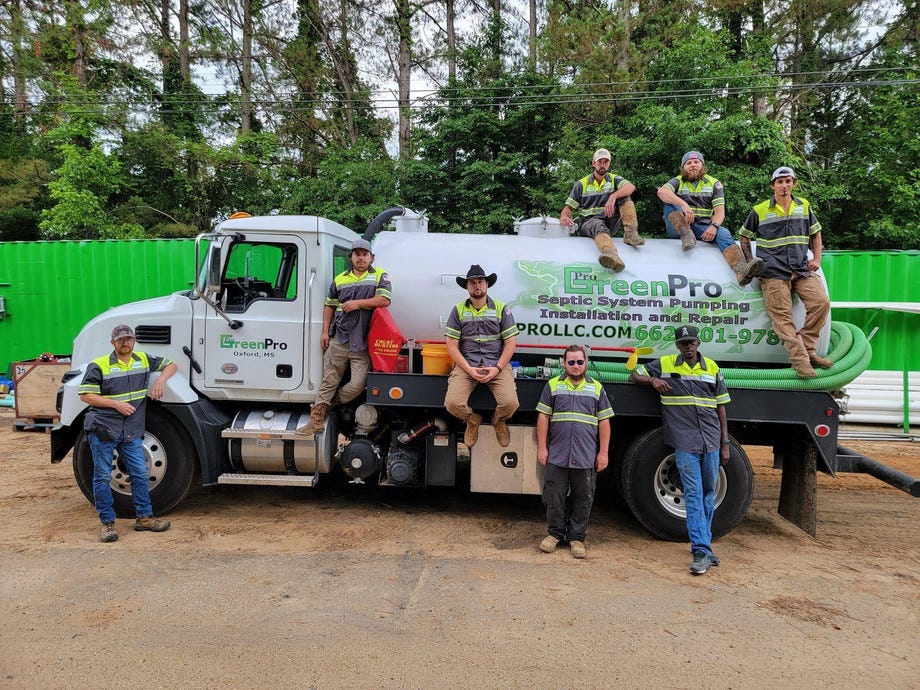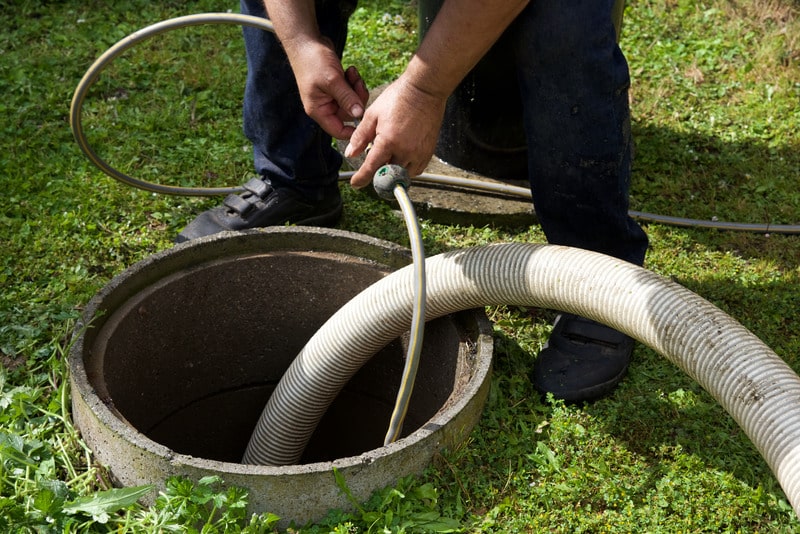A Biased View of Stillwell Septic And Grading
A Biased View of Stillwell Septic And Grading
Blog Article
Top Guidelines Of Stillwell Septic And Grading
Table of ContentsStillwell Septic And Grading Fundamentals ExplainedEverything about Stillwell Septic And GradingRumored Buzz on Stillwell Septic And GradingStillwell Septic And Grading Can Be Fun For AnyoneUnknown Facts About Stillwell Septic And GradingThe Greatest Guide To Stillwell Septic And GradingThe Ultimate Guide To Stillwell Septic And Grading
Generally, septic storage tank installation is an intricate process that requires mindful planning and execution. Property owners should collaborate with a trusted setup group and understand local laws and demands to ensure that their septic system operates appropriately for several years ahead. After the septic storage tank has actually been installed and connected to the drain area, it is time to backfill the area.The backfill product must be devoid of clods, large rocks, icy matter, and debris that can cause gaps in the backfill that may enable settling in time. Crushed rock or pea gravel 1/2-inch in size is chosen if indigenous materials are not proper. As soon as the backfilling is complete, it is time to landscape the location.
Once the septic system has been mounted, it is important to evaluate it to make certain that it is working appropriately (Setpic System Repairs). https://www.domestika.org/en/stillwellsag. Checking the system entails checking for leaks, making sure that the storage tank goes to the ideal level, and checking out the drain area. Among the most common tests done is the hydraulic lots examination
Some Known Incorrect Statements About Stillwell Septic And Grading
The water is after that monitored to ensure that it streams properly through the pipes and into the drain field. If the water does not flow correctly or backs up right into the container, it might indicate an issue with the system. Another test that is generally executed is the color examination.
The dye is after that checked to make sure that it moves properly through the pipelines and into the drain area. If the dye does not stream appropriately or shows up in the incorrect place, it may show an issue with the system. It is important to have a professional execute these tests to ensure that they are done properly.

The Greatest Guide To Stillwell Septic And Grading
Here are some important ideas for homeowners to keep their septic system: The average home septic tank should be inspected a minimum of every 3 years by a septic solution expert. The frequency of pumping relies on the size of the container and the variety of people using it. https://www.storeboard.com/stillwellsepticandgrading. A general guideline of thumb is to pump the storage tank every three to 5 years
Utilizing water-efficient fixtures and home appliances, such as low-flow showerheads and toilets, can lower water usage and help the septic system work more successfully. Just flush bathroom paper and human waste down the commode. Avoid purging anything else, consisting of womanly hygiene items, child wipes, and cooking oil, as they can block the system.
Getting The Stillwell Septic And Grading To Work
Sewage-disposal tank you could look here installment is an intricate process that calls for careful preparation and implementation. House owners should know the required actions associated with the installment process to guarantee that their septic tank operates properly and successfully. The primary step is to review the site where the septic system will be installed.
As soon as the site has actually been evaluated, the next action is to prepare for the setup. Homeowners have to make certain that their contractor is experienced in septic container installation and will certainly work alongside them throughout the procedure.
An Unbiased View of Stillwell Septic And Grading

Property owners must recognize the necessary actions associated with the setup procedure to make certain that their septic tank functions appropriately and effectively. By following these actions and maintaining their system, home owners can feel confident that their septic tank will certainly give reputable wastewater therapy for years ahead.
Virtually one in five united state homes have septic systems. Yours may be among them. If you're not properly preserving your septic tank, you're not only harming the environment, you're putting your family members's wellness at riskand may be purging thousands of bucks away! Do Your Component, Be SepticSmart: The Do's and Do n'ts of Your Septic System.
4 Easy Facts About Stillwell Septic And Grading Shown

All that extra water can really stress your septic system. Startle the usage of water-generating devices. This can be helpful specifically if your system has actually not been pumped in a lengthy time. Come to be a lot more water efficient by dealing with pipes leaks and take into consideration mounting bathroom and kitchen faucet aerators and water-efficient items.
Not known Facts About Stillwell Septic And Grading
Know your system's place. When you have the tank pumped, draw a diagram or map showing its place in connection with fixed points - edges of the house, steps, or fence posts. Ask the pumper to aid you find the drainfield. Note its location on your layout, together with the location of your drinking water well.
Excessive water can harm it. Do not dig, build, or plant anything apart from lawn over the drainfield. Preserve water. Septic Tank Installation. Minimize the quantity of wastewater that have to be treated and dealt with by your system: Laundry no more than a couple of loads of clothes daily. Up to 53 gallons of water flood your septic tank with each load, so it's best to spread out washing out over the week.
Report this page